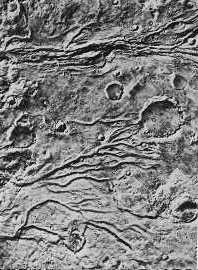This is an image of a Martian river valley.
Click on image for full size
Image from: NASA
Martian River Valley Networks
Unlike the Martian outflow channels, these Martian river valleys exhibit many tributaries.
These river valleys do not resemble their terrestrial counterparts either, however. The tributaries are very short, on the order of 100m (the length of a football field), as if the running water ran out quickly.
One explanation for these is that they formed from melting ground ice. The ground ice could have melted either from a global warming episode, a local warming episode due to volcanic activity, or from hydrothermal activity, where water circulating underground affected the surface. (Evidence of hydrothermal activity has implications for life on Mars.)
You might also be interested in:
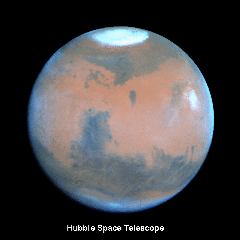
In the past, Mars was much different than it is today. There is much evidence that liquid water once flowed on the surface of Mars. Although calculations show that both the Earth and Mars should have been
...more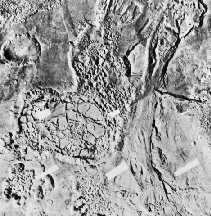
Separate from the Martian outflow channels, or the river valley networks, are large Martian lakes (600 km, or ~1000 miles across) which exhibit evidence of a periodic and catastrophic release of water
...more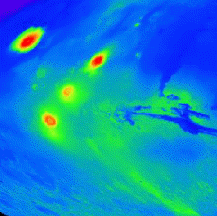
On this map of Mars, the lightly cratered Tharsis Ridge is shown, as well as the heavily cratered Martian highlands (near the bottom of the picture), and Valles Marineris to the right. The volcanoes are
...more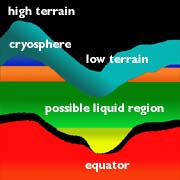
The unusual global geography of Mars helps to explain the fact that water has been drawn from the southern hemisphere to the northern hemisphere of the planet through all of Martian history (that is, from
...more
The Martian geography is one of high altitudes at high southern latitudes and low altitudes at low latitudes. The ground is less frozen at low latitudes because it is warmer and water can evaporate. Thus,
...more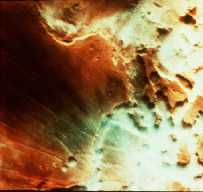
This is an image of fog in a Martian canyon. The presence of fog provides evidence of water, and a water cycle on Mars. More fog has been seen in images returned by Mars Global Surveyor of the south polar
...more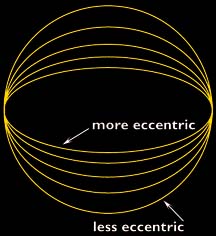
The Martian climate is more influenced by the shape of the Martian orbit than the climate of the Earth is influenced by the shape of the Earth's orbit. The orbit of Mars is more elliptical than that of
...more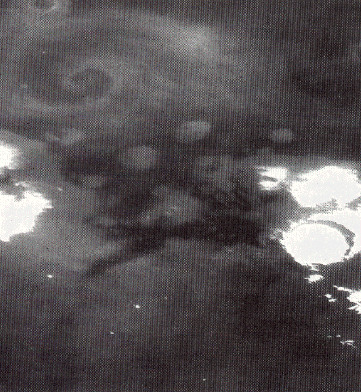
This is an image of a storm moving across the Martian terrain. The camera is looking down upon the storm and the storm front forms a spiral pattern, the same way terrestrial storms are presented on the
...more


